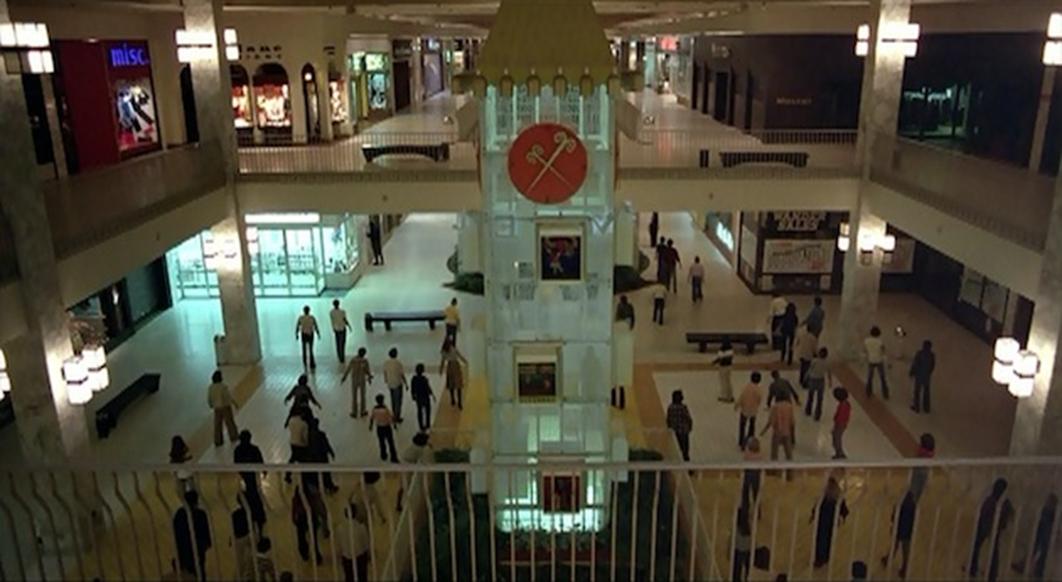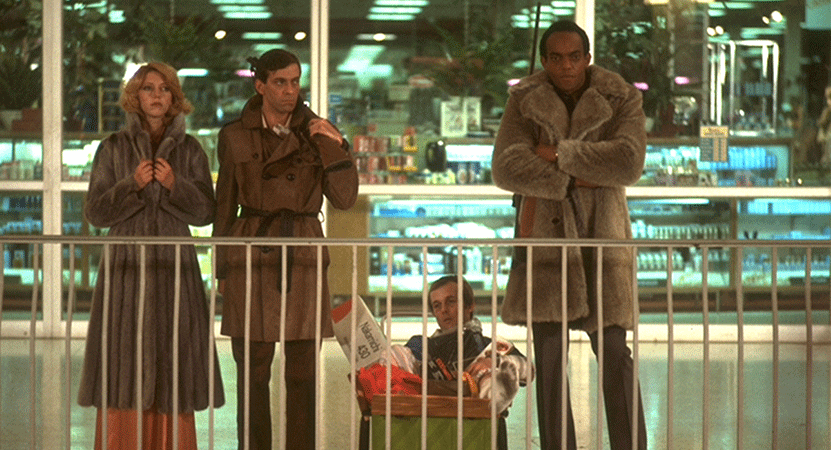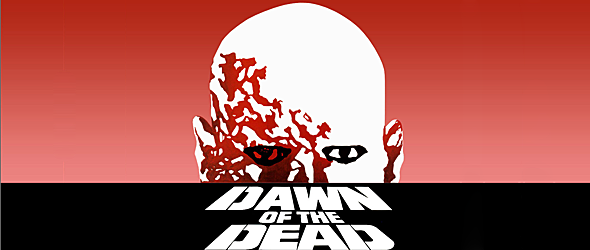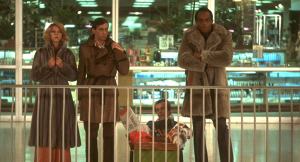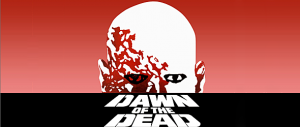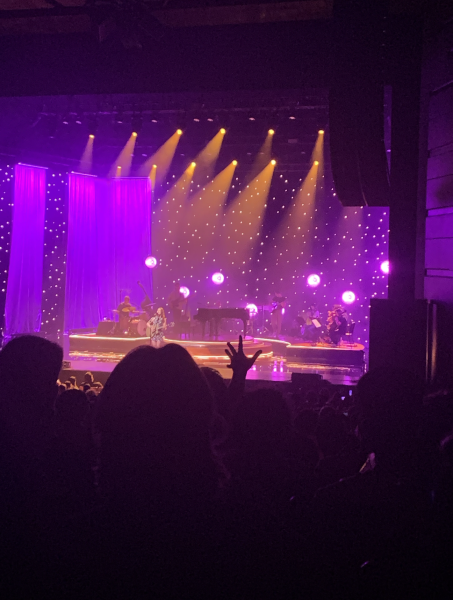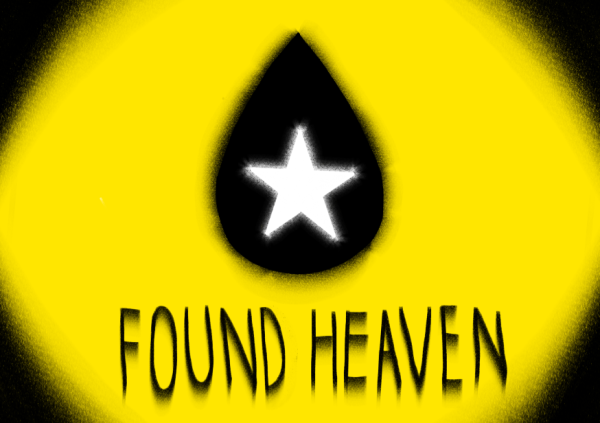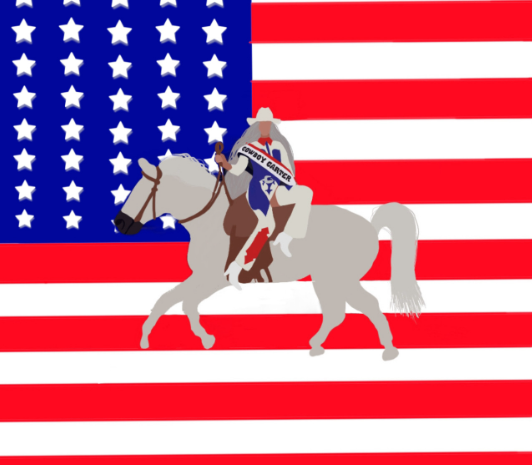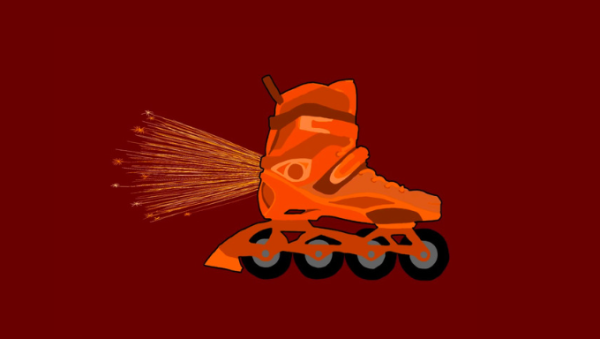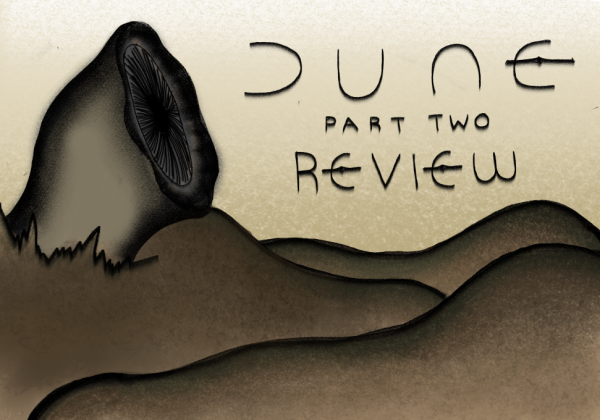Romero’s ‘Dead Trilogy’ and The Politics of Zombies (Part 2)
Dawn of the Dead (1978)
More than just simple gore films, The Dead Trilogy, directed by George Romero, are filled with humor, social commentary and wonderful zombie action. Straddling three decades, these movies are unlike any other. After the huge success of the first film in the trilogy, Night of the Living Dead, Romero took a break from zombies. He waited until the time was right to spring his social commentary into action and wonderful sense of humor into the world. Romero’s original draft for Dawn was much different than what we know today. It revolved around a pregnant woman and her boyfriend locking themselves in the air ducts of a mall and attempting to evade zombies. Much of the film had the leads completely naked, true to what Romero said of the original concept,“[the characters] were really like cave people. I was really going out there, very heavy.” However, after getting in contact with Italian filmmaker Dario Argento, who had just released his masterpiece Suspiria, Romero decided to make the film much more light hearted than both the original draft and the first film in his trilogy. Argento would recut the film for foreign markets and also assist with the script, although he made very few changes. Romero would have to keep things on a low budget, as was his MO, and the final cost was estimated to be only $500,000.
Romero and his crew chose Monroeville Mall in Pennsylvania as the last stronghold of the film’s four leads. These four leads would be Peter (Ken Foree), a cool and collected Black man who ends up saving the day (much like Night of the Living Dead’s Ben), the flaky and wistful, but eventually capable Fran (Gaylen Ross) and her boyfriend Stephen (David Emge), and finally the cocky and headstrong Roger (Scott Reiniger). Romero again hired unknown local actors for the parts, and the ensemble is equally strong here. The film is at times incredibly low-key, but we keep watching because we care about these characters. If anything, this film feels more laid back than Night. The characters are barely under threat for the middle act of the film and instead, begin fighting over domestic issues like Fran’s pregnancy. Honestly, the zombie action makes up some of the weakest parts of the film. My favorite scenes are those of the characters going on shopping sprees and hanging out. That’s not to say the action isn’t good, but it’s more fun than actually exciting. Perhaps the biggest change here is the addition of humor. Night of the Living Dead was an entirely humorless affair, but here, the satire is cranked up to the max. There are goofy bikers, wacky looking zombies and shopping montages, and the cinematography is awash in sickly greens and yellows, a far cry from Night’s dark tone and monochrome color palette.
At two hours and 36 minutes, Dawn is the longest in the trilogy, and one of the longest zombie films ever made. But when watching it, it doesn’t feel long at all. Despite its length, it feels just as short as its sequels, if not shorter. It breezes along, especially if you’re invested in the lead characters like I was. Everything just has this cozy vibe that I love. There’s just something about 1970s movies that makes me feel right at home, with their lo-fi production values, funky music, and warm colors. The cheapness shows, but it almost adds to the charming values present in so many ‘70s movies.
Best of all, the movie is just fun. I love the other two movies in this series, but neither of them have the same sense of humor and fun that Dawn has. Scenes like the shopping spree are among my favorites in any movie, and not just because they’re funny. The sequences in which the characters go “shopping” through the abandoned mall are also deeply sad in addition to being humorous. The characters, dwarfed in comparison to the massive mall environment, feel incredibly lonely.
Dawn was released in the same year as the horror classic Halloween. Halloween and Dawn of the Dead are my two favorite horror movies, and yet they could not be more different. While they were both low budget, Halloween has an intense precision and feels incredibly focused. It is tight, flawless, and short. Not a single scene feels out of place and the film continues at a breakneck pace. Dawn, on the other hand, is slow, meandering and filled with tangents. While they are almost total opposites, they both changed the genre forever.
Dawn certainly isn’t subtle with it’s commentary. The zombies are just like customers, get it? It’s not exactly to the level of Night, but that’s fine. The film doesn’t really take itself too seriously, which is probably why it’s my favorite of the trilogy. But In terms of visuals and special effects, it’s easily the worst of the trilogy. The zombies are sometimes grey, green, and never look realistically decayed. The music is at times hokey, and the visuals are not very pleasing at all. Despite both of these shortcomings, they only add to the film’s charm, and it often has an oddly cozy charm. Watching the film is almost akin to hanging out with old friends. You are able to settle into the rhythms and just sit back and watch, letting the iffy technicalities go right over your head. The film it reminds me of the most is Invasion of the Body Snatchers from the same year. In both, the scares aren’t particularly scary, just entertaining, and the real fun comes from the atmosphere and the charming characters that are just fun to watch.
Horror comedy arguably began with this film. Other earlier entries in the genre mostly kept the horror and gore to a minimum, but here we see them both crossover to perfection. Dawn helped pave the way for future classics like Evil Dead, Re-Animator, and even Ghostbusters. Argento’s European cut got rid of most of the comedy elements, and while it’s more to the point, it lacks the charm or power of the original.
In Italy, Dawn was released under the title Zombi, and was a success. An unofficial sequel followed, entitled Zombi 2, which I have not seen, but judging by the soundtrack it is awesome.
Dawn also received a remake in 2004, that, while more polished and featuring better effects, lacks the atmosphere and charm that the original had. It was a box office success, much like its original version. Following the 1978 version’s success, Romero cemented his place as a horror icon by collaborating with Stephen King on 1982’s Creepshow, which continued the hilarity of Dawn of the Dead to an absurd level.
But, Romero’s heart still lied with the zombies. He envisioned a sprawling story that would be a departure from the small scale of the first two films in the trilogy. He was eager to make his zombie masterpiece. And in my opinion, he half succeeded.
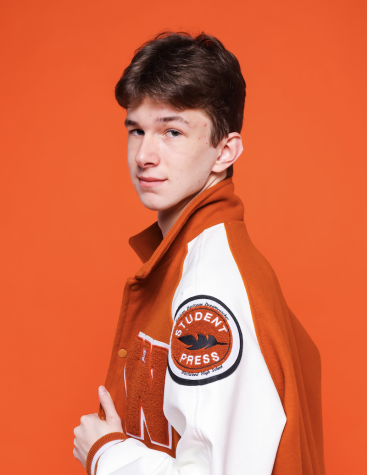
Class of 2023
I am currently Westwood Horizon's video editor, and also one of the hosts of Friendcast, our website's podcast video series. In addition...

